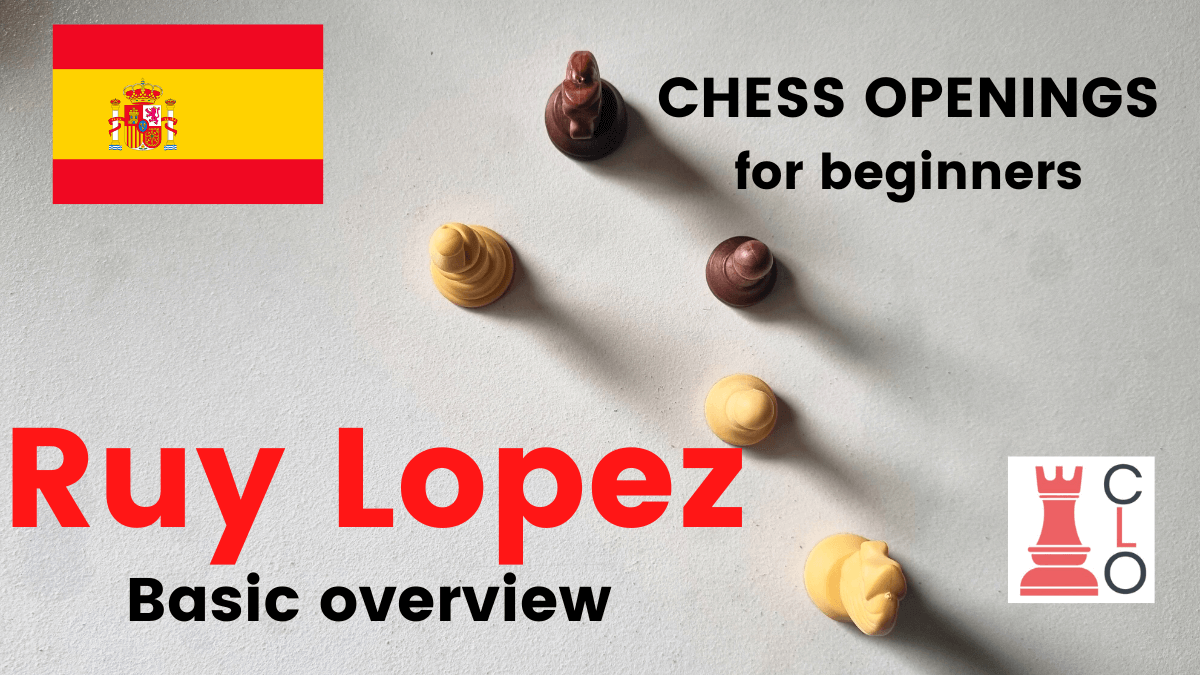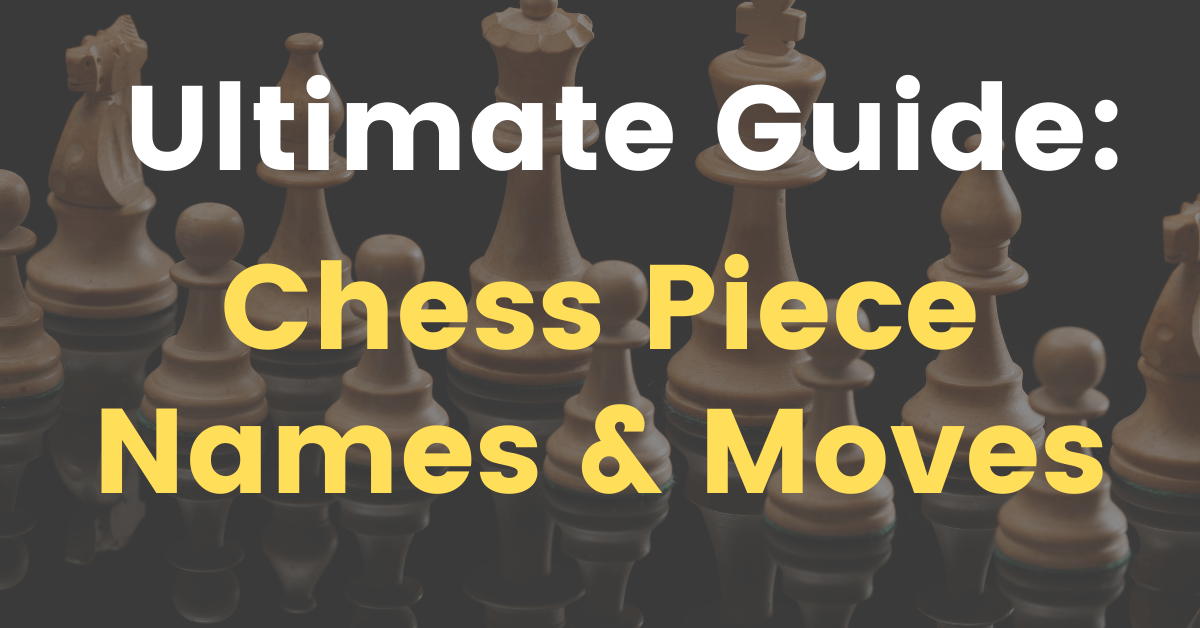Join our exclusive newsletter for opening guides, tips, and inspiration. Our community of 5,131+ chess enthusiasts is waiting for you.
Don't wait – enter your email below and join now!
The French Defense – Learn a Top 3 Chess Opening for Black
The French Defense is a Semi-Open or Single-King Pawn Game (1. e4 other) which is usually in the top three of the most popular chess openings for black. The other two most popular chess openings for black would be the Sicilian Defense and the Caro-Kann.
Here in this post, ChessLoversOnly will go through the general theory and main variations of the French Defense with other posts linked below delving into each variation in greater detail.
Please click the links below in order to look in more detail at each variation of the French Defense. Or you can continue to read to look at the general overview of the French Defense.
You may also like:
- How Can You Study Chess Openings and Get Instant Results?
- What are the Best Chess Openings to Study and Memorise?
- How to Win Against the Philidor Defense as White (Solved)!
The French Defense Chess Opening:
The French Defense Chess Opening starts with the following moves:
1. e4 e6
White still has a choice to transpose into the King’s Indian Attack with 2. d3 but most of the time (about 90% of games) follows with the next two moves:
2. d4 d5
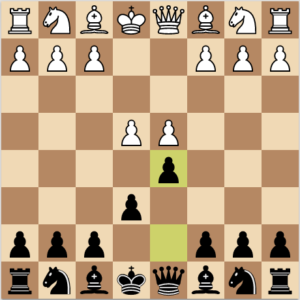
(The French Defense)
Here is where the French Defense Opening branches into many different variations. White can follow through with four different moves which attempt to defend the white pawn on e4.
White can play:
3. Nc3 (Paulson Variation)
3. Nd2 (Tarrasch Variation)
3. e5 (Advance Variation)
3. exd5 (Exchange Variation)
Each of the above moves for white leads to different kinds of games and ideas for both players.
Let’s look at them in turn below.
The Paulson Variation of the French Defense – 3. Nc3
This is the Paulson Variation of the French Defense Chess Opening. Now, the knight on Nc3 defends white’s pawn on e4 (which was being attacked by black’s d5 pawn push on the last move).
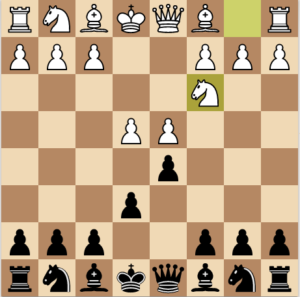
However, this variation blocks white’s c3 pawn push to defend the d4 pawn which will be attacked with Black’s c4 pawn break. Therefore, some consider the Tarrasch Variation (3. Nd2) to be a better variation for white to attack’s black’s French Defense structure.
Here in the Paulson Variation, black can continue in four different ways:
The Winawer Variation – 3. …Bb4
Black responds to white’s 3.Nc3 with Bb4. Black over defends the d5 pawn which was being attacked twice by pinning black’s knight.
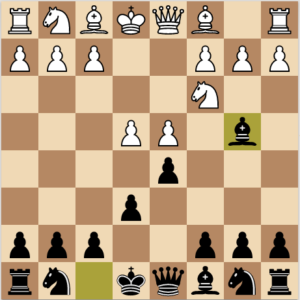
The Classical Variation – 3. …Nf6
Black responds to white’s 3. Nc3 with Nf6. Black over defends the d5 pawn which was being attacked twice by developing their kingside knight to f6. However, after white plays e5 to dislodge the knight on f6, black will have to move this knight to d7.
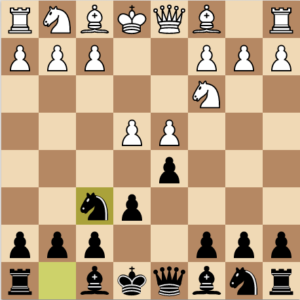
White can then respond to the Classical Variation in two main ways:
The Burn Variation – 4. Bg5
The Steinitz Variation – 4. e5
In response to 3. …Nf6, white can develop their bishop to g5 and pin black’s knight to their queen (as in the Burn Variation).
Or white can play 4. e5 and force the black knight on f6 to move (normally to d7).
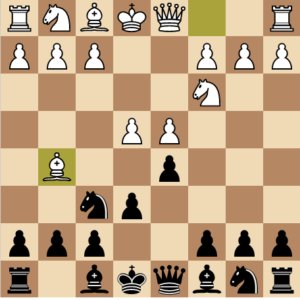
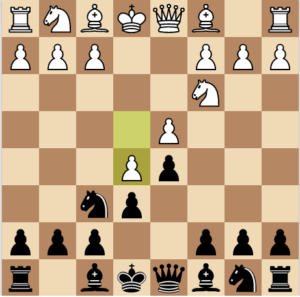
The Rubinstein Variation – 3. …dxe4
Black responds to white’s 3. Nc3 with dxe4. Here black resolves the central tension by taking on e4 with their d pawn. White will most likely take this pawn next with 4. Nxe4.
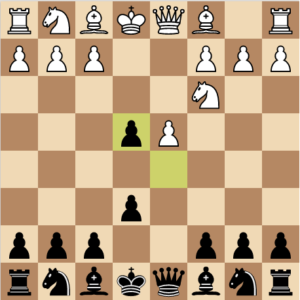
Continuing the Paulson Variation – 3. …Nc6
Black responds to white’s 3. Nc3 with Nc6 which continues the Paulson variation.
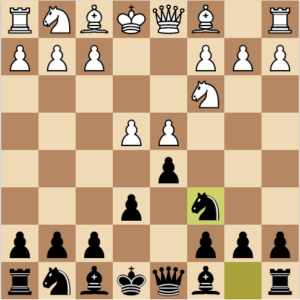
The Tarrasch Variation of the French Defense – 3. Nd2
Instead of 3. Nc3, White has another square where they can develop their knight and defend their pawn on e4 (which was being attacked by black’s d5 pawn push on the last move). So, instead of 3. Nc3, white develops their knight to Nd2. This is the Tarrasch Variation – one of the best variations in the French Defense for white.
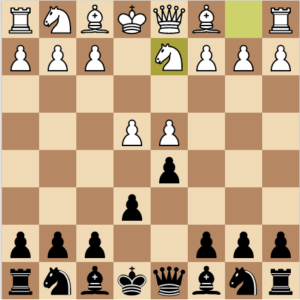
The benefit to White of developing their knight to d2 means that they can still play c2-c3 in order to protect their d4 pawn (if black plays their main c7-c5 pawn break).
Here in the Tarrasch Variation, black can continue in three different ways:
Closed Variation of the Tarrasch – 3. …Nf6
Black responds to white’s 3.Nd2 with Nf6. Black develops his knight and attacks the e4 pawn once more.
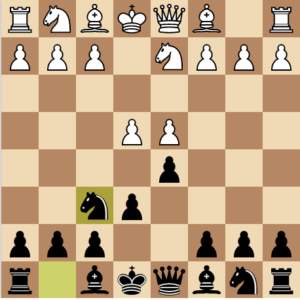
In the closed variation of the Tarrasch, white will probably play 4. e5 in order to push the knight off the f6 square.
Open System of the Tarrasch – 3. …c5
Black responds to white’s 3.Nd2 with c5. Black immediately strikes at white’s center with his c7-c5 pawn break.
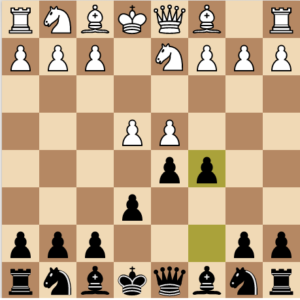
Continuing the Tarrasch Variation – 3. … dxe4
Black responds to white’s 3.Nd2 with dxe4. Black resolves the central tension by taking on e4. White will probably retake e4 with the knight on d2.
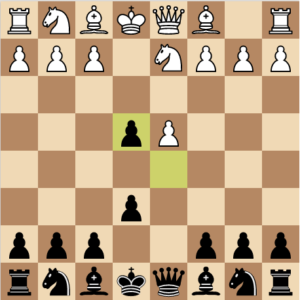
Advance Variation of the French Defense – 3. e5
Instead of developing their knight, white can also play 3. e5 and advance the e pawn in order to protect it and gain space on the king-side immediately.
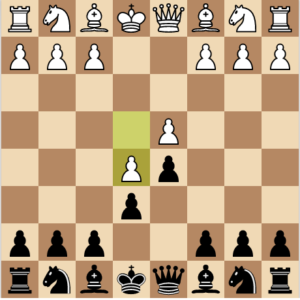
The benefit of the advanced variation is that black can’t develop their knight to the f6 square. White also begins to squeeze black’s kingside and gets ready for f4 and begin a kingside attack.
Exchange Variation of the French Defense – 3. exd5
Finally, white can also take on d5 with their e pawn. Black then retakes with 3. …exd5. This creates a symmetrical position which is quite draw-ish, however, there are still chances for black to have a fighting chess game.
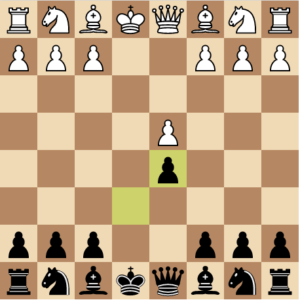
This post was mainly an overview of the different variations and lines in the French Defense – a top 3 in chess openings for black.
What next for Chess and ChessLoversOnly?
Keep coming back to Chess Lovers Only for more chess-related news and chess opening studies!
What should we write about next?
Let us know in the comment box below!
Or Contact Me here.
Cheers,
A.J. McMahon
.
.
.
Let’s Connect!
– Youtube: ChessLoversOnly
– Instagram: Chess.Lovers.Only
– Pinterest: ChessLoversOnly
– Facebook: ChessLoversOnly
– Twitter: @ChessLoversOnly








